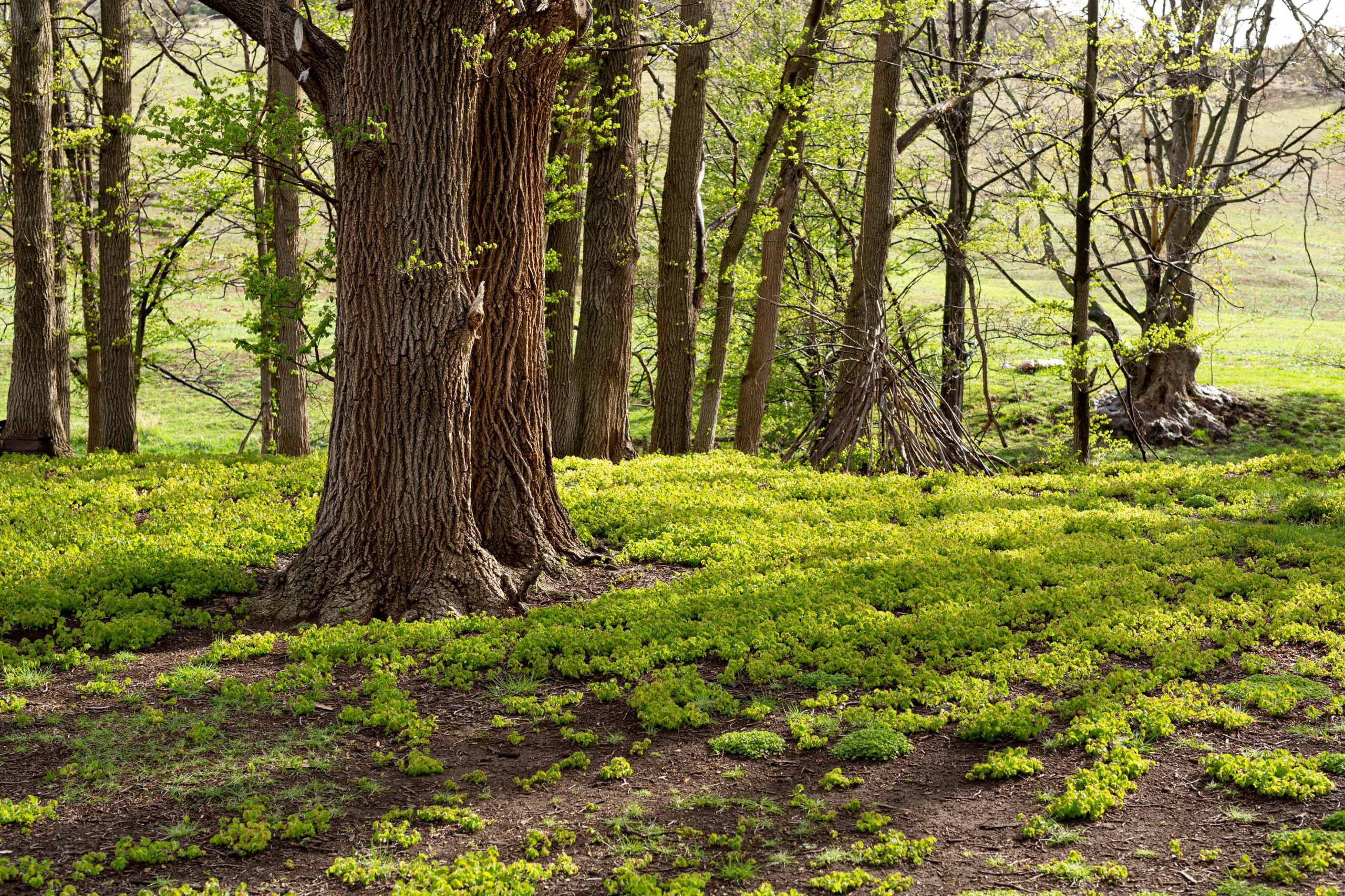Desire Lines: An Introduction to Issue Three

The Latin linea, from which the word ‘line’ originates, means ‘linen thread, string’. From linea comes linum, the botanical name of the flax plant, from which linen is made. The first lines were threads made of plants; line was a physical ‘thing’. But it soon became something else: a concept. Take the word ruler, for example. It is both a tool used to draw a straight line and a sovereign who controls and governs a territory. The two definitions are perhaps more closely related than first imagined. Lines shape lives.
In Wonderground Issue Three we’ve woven a basket, of sorts. Each essay, interview, poem, observation, a line of life woven together with another. A tangle of stories that weave together to say something of this world and the things that tie us together. Love lines, desire lines, border lines, power lines. Heart lines.
Below are a handful of some of the excellent stories included in Issue Three. Subscribe or pre-order now to receive your copy directly from our printers in early June, 2022.

Flight Paths
Ecologist John Woinarski maps invisible landscape lines traced by animals and plants for millennia. The essay is accompanied by Spanish artist Xavi Bou’s photographic series Ornithographies, which makes visible the movements of birds through the sky.
‘For some migratory birds, these lines and links have been mapped and designated as ‘flyways’: the curlews, along with many other shorebirds, use the East Asian–Australasian Flyway. Such long-distance movements serve to remind us that nationalism is a human abstraction, an artificial reductionism, a cut against nature. This is one world, long endowed with meaningful connections.’

The Pleasure Garden of the Living and the Dead
Ecosexuality and Derek Jarman’s garden by Jamiee Edwards
‘Ecosexuality strays, queers and defies ‘proper’ affiliations of love and care for nature. Indeed, what does it look like to imagine the skin of Earth like the skin of our lover? We kiss. We delight. We care for one another ‘until death brings us closer’, as reads Annie Sprinkle and Beth Stephens’ last vow in their marriage ceremony to Earth. And indeed, death looms.’

Paths of Least Resistance
Chilean landscape architect Teresa Moller in Conversation with Georgina Reid
‘Having beauty or aesthetics as a goal is not enough anymore … Beauty should come after everything is well designed, is well thought out and experienced. I mean, the project should work by itself. And that’s the beauty. It’s not the colours or the textures or the extravagance. It is, for me at least, having people involved and feeling that they are part of that place. We are part of the forest, it’s not like we’re here and the forest is there.’

Love Letters to Country
Marika Duczynski yarns with Wiradjuri artist and poet Jazz Money
‘Wiradjuri is just a beautiful language. I’ve got a picture on my wall that says ‘giyira’, which is our word for ‘womb’, and it’s also our word for ‘the future’. I mean, this is an insight into a whole way of being, a whole way of viewing the world. Responsibility, science, love and interconnectedness is carried in this one word. It’s so much more sophisticated than anything English can do.’

Choreographing Desire
Landscapes can be managed in ways that liberate, not smother, ecological processes, according to landscape architecture professor Emily Knox.
‘Choreography asks us to read landscapes as the result of those inherently creative processes, to find ways to meddle within them, to shape trajectories, but not control or mandate. It prompts us to prioritise tendencies over absolutes, and to accept and encourage uncertainty, ambiguity and chance as a method of shaping places at large scales. At its core, choreography frames an ethic of action in the world, one that favours care rather than control, that does not seek to achieve an imagined future fixed state, but creates space for being in long-term conversation with a place, returning again and again with fresh eyes.’
Subscribe or pre-order to be the first to receive Wonderground Issue Three in early June, 2022.







